A great referral is golden (as is a disastrous “before” picture)
Sometimes, even the most good-faith recommendation goes astray.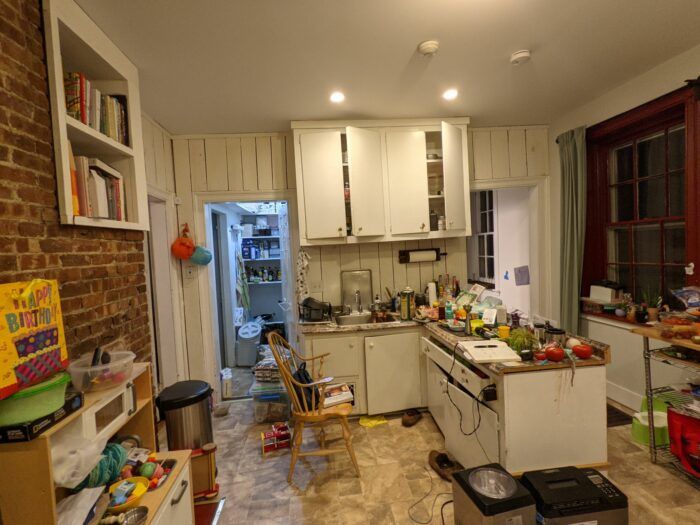
I recently learned a lesson the hard way, which reminded me that no matter how long you’ve been practicing a trade or profession, it’s important to stay on guard lest you slip on a figurative banana peel and end up with “fecal matter” on your face.
A year ago I was diagnosed with pancreatic cancer. After finishing up a few substantial commissions while discussing treatment options with my oncologist and doing the usual complement of writing and design work, I realized I would have to stop taking on new shop work, at least temporarily, due to the challenges of chemotherapy. Can you say “FRUSTRATING”? This would certainly have been my busiest year ever, had I been in a position to take on even a fraction of the jobs prospective customers were inquiring about.
Fortunately I was still able to focus on kitchen design work that was coming in thanks to my recently published book Kitchen Think. The jobs were fabulously diverse, stylistically as well as geographically, and it would have been deliciously satisfying to build and install the cabinets for those kitchens after I had designed them. It’s no exaggeration to say that one of my greatest joys in life is seeing the “after” pictures of kitchen jobs, especially when the “befores” are scenes of apparent catastrophe characterized by training potties and home office equipment, appliances that no longer function, and cabinets unabashedly installed smack across the kind of floor-to-ceiling windows in 19th-century houses that I would give my eye teeth to have in my own home. But since that wasn’t in the cards, I’ve referred the building and installation work to others. (Really, there’s nothing like a good “before” to make one appreciate the “after,” and I take my hat off to those who can function in kitchens such as the one shown above. My work would be vastly less delightful if I worked for people with plenty of money and few serious logistical and spatial constraints.)
One of those jobs ended up pear shaped, to cite a description often used (admittedly, to qualify a noun I’ve omitted here) by my former employee, Daniel O’Grady. For the purposes of this post, the details are immaterial except insofar as they may be instructive to others. What does matter is that the person I recommended for the job based on their public reputation and claims ended up
- not communicating promptly or clearly,
- not — by a long shot — delivering agreed-upon phases of the job on time (and coming up with reasons that grew increasingly unbelievable, despite numerous eminently believable and acceptable reasons related to the pandemic),
- bragging publicly about one minor aspect of the job, only to come up seriously short on a genuinely basic point of quality that is widely agreed on by professional custom cabinetmakers, which could have been avoided had they discussed the specifications in detail with the client, and
- overlooking a key aesthetic detail that was clearly indicated on the “typical” base cabinet drawing.
Most professionals know cold sweats and sleepless nights brought on by the anxiety of having an overly full schedule. Many of us have learned to suck it up and tell a client that we’re running behind where we expected to be, as a result of which our delivery of X or Z will be delayed another few days or weeks (and — gulp — sometimes, months). We’ve learned to ask questions in an effort to clarify what the designer intended, should we have any uncertainty — and we know that asking such questions is evidence that we actually know what we’re doing, not the opposite. We do not try to pass off something standard as something of high quality (which is not to deny that others may ascribe claims of quality to us that we ourselves have never made, nor would, on principle), and we do our best to disclose important details to our clients before we start building, rather than wait to be called on them when it’s arguably too late (or at least too late for the job to be remotely profitable in cases where we have to rebuild).
An exceptionally understanding and accommodating client is by definition a rarity, and the person to whom I referred the job was lucky to have such a client. But after several months, the client had had enough; they were ready to cut their losses, which are significant, and find a cabinetmaker who would build the cabinets shown on the drawings, asking questions as necessary, and doing the job to a high standard.
As the one who had strongly recommended the original tradesperson, I felt responsible. I had already invested many hours at no charge in an effort to mediate, motivate, clarify, and expedite completion of the work. Since the client fired that cabinetmaker, I have worked with her new cabinetmaker, again at no charge — and happily, as this is the one thing I can do to go some way toward making up for my recommendation, even though I made that recommendation in good faith.
From here on — and I hope that I will have years, rather than the weeks or months expected by my current doctors, in which to abide by the following resolution — I will only refer work to people whose character and work I know well.
—Nancy Hiller operates NR Hiller Design, Inc. Her most recent book is Shop Tails.
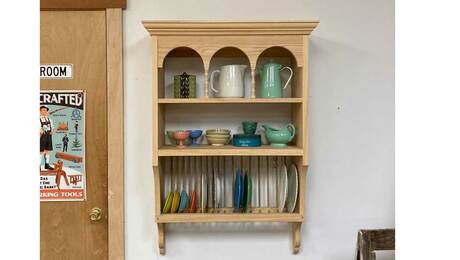 |
The story behind the project: cypress plate rack |
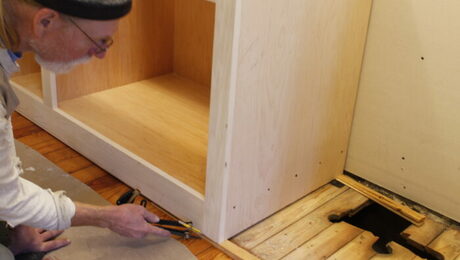 |
Surviving the Covid cluster |
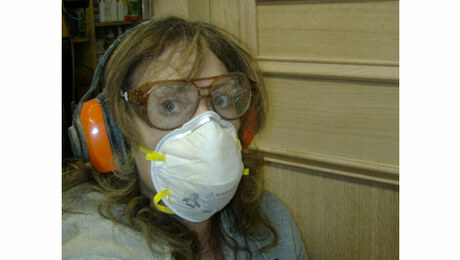 |
Own your schedule |

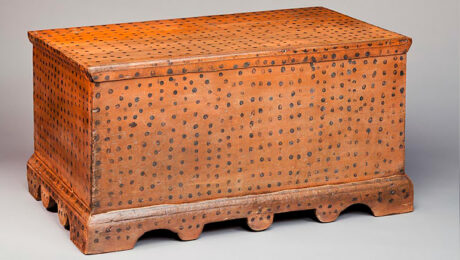




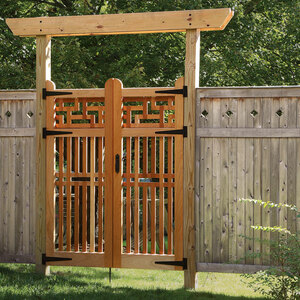
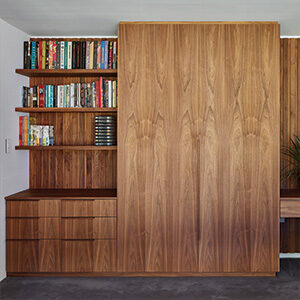






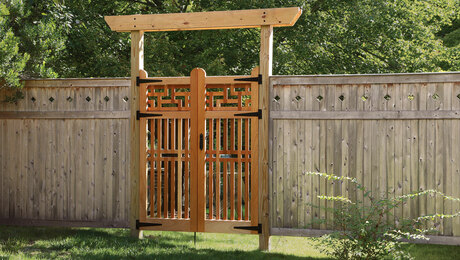
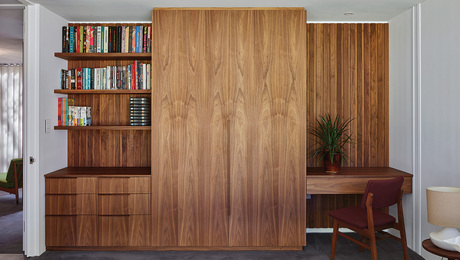
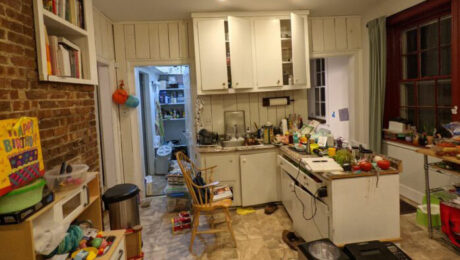








Comments
I always enjoy your 'tales from the trenches.' Mostly, I am very saddened to hear that your personal prognosis is not good. I do hope that you get more time to share with us all.
Beat the predictions. I love your writing and the great wealth of knowledge and experience you skillfully communicate.
Thank you. Thumbs-up!
Are you sure that "before" photo is a kitchen? Looks to be in the same state as my workshop.
The docs said 6 months for my grand pap. They must have been somewhat embarrassed when he was still kickin' around 6 years later. Best of good fortune to you with many more satisfied clients.
The photos of the cabinets eventually built by Daniel shared to social media look fantastically built and very thoughtfully designed. Beautiful work, as always. What drives your decision to include or omit a bottom rail on your cabinets from project to project?
Your comment about work being less delightful when constraints don’t exist was resonant. I’m a one man shop near New York City and way too much of my work has become for clients with uncapped budgets and a small nation’s square footage to fill. It makes the design less interesting (well, I may be an uninteresting designer, too) and sometimes the work less rewarding. I’ve built more than one kitchen that is likely never used, in a new house that replaced an older one whose only sin was being too old. Happily I’m in the process of moving my shop to a new area where my overhead will be lower and the homeowners are more interested in getting the most out of older homes. I hope to be able to design and build kitchens for those who will use them.
Be well - my shop animals and I will continue hoping for your health and that you beat the predictions!
A great little story, with a precious lesson embedded. I hope the job ends up coming off very well.
Also, a quick word of thanks to you, Ms. Hiller, and encouragement in the face of an immense challenge. I very much enjoy reading your books, articles, blog, etc., and have learned a great deal by doing so. I hope your time here proves to be many years more, but I also wish you to know that you and your work, of all sorts, have made this world a better place than it otherwise would have been.
Blessings of every conceivable kind!
Perry
Nancy, you are terrific! Woodworking, design and writing are all superb. Best of luck to you!
Log in or create an account to post a comment.
Sign up Log in